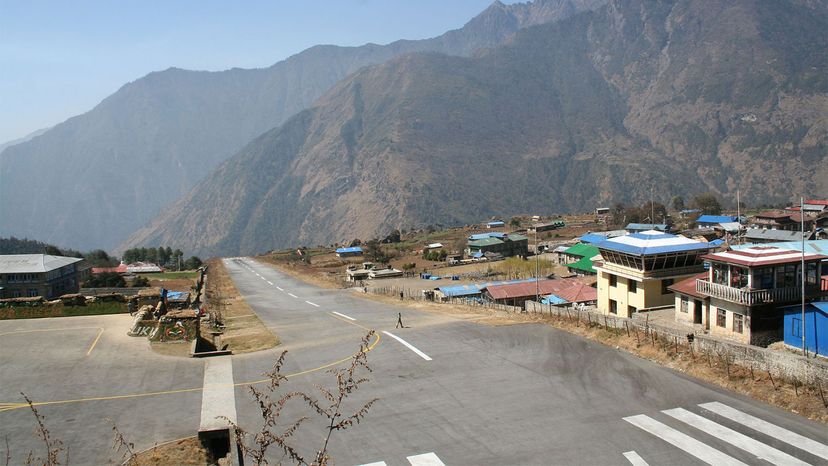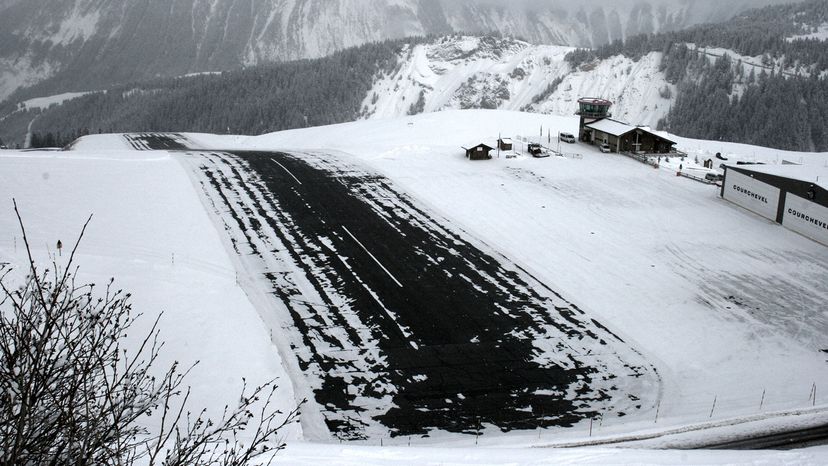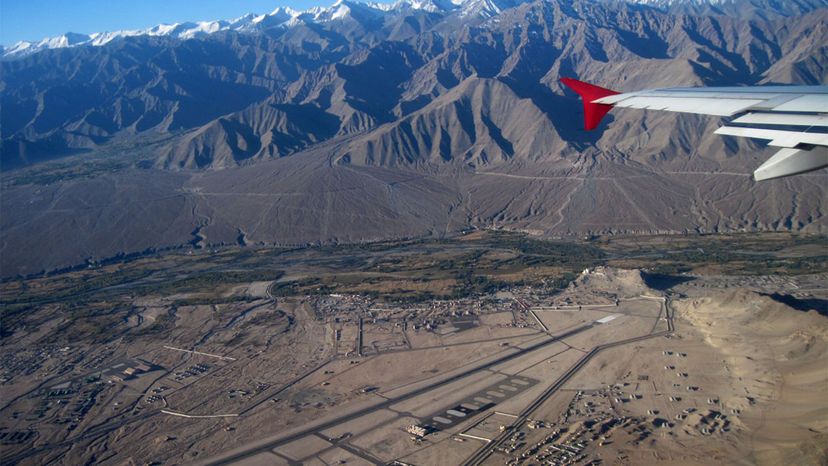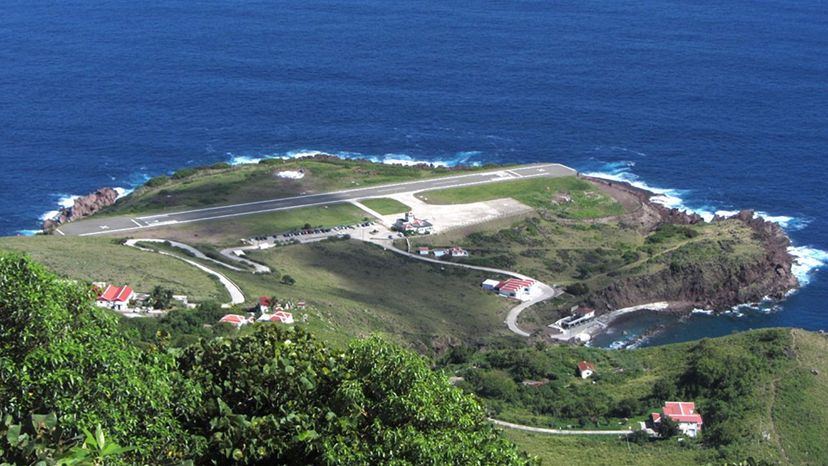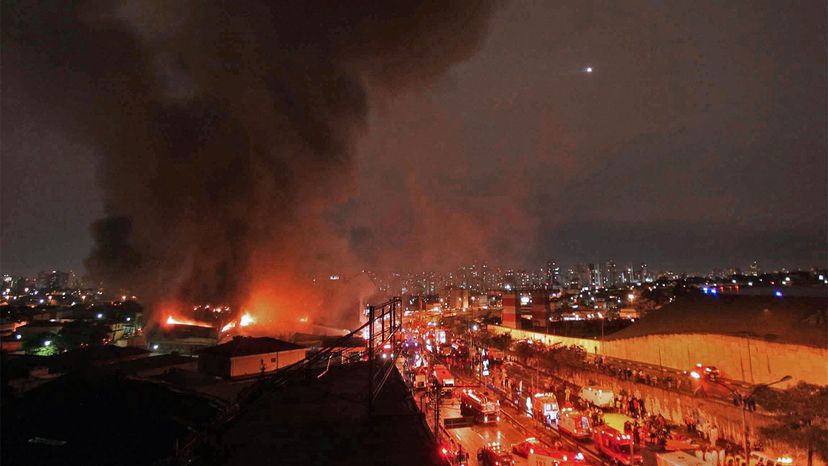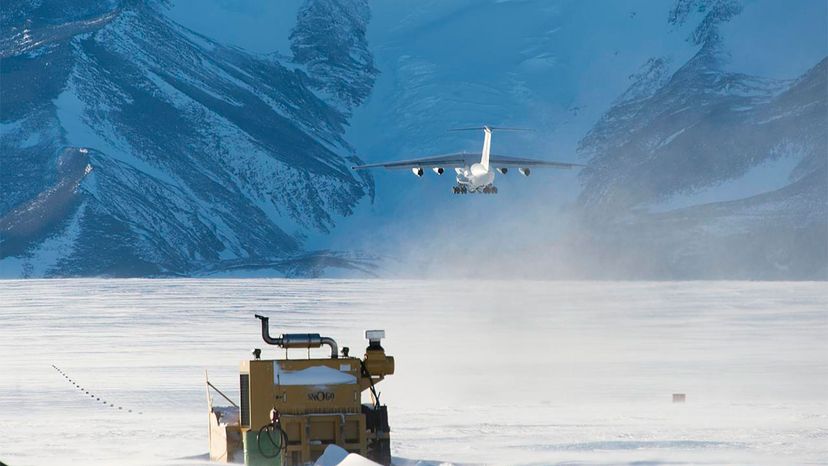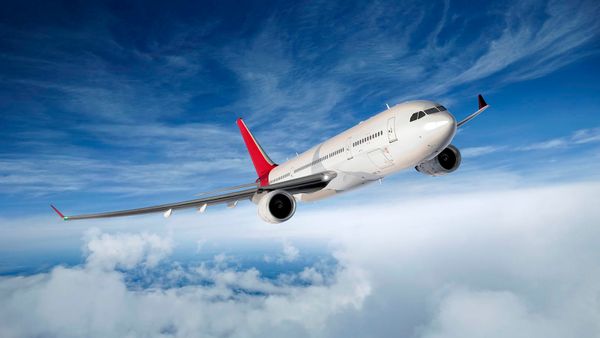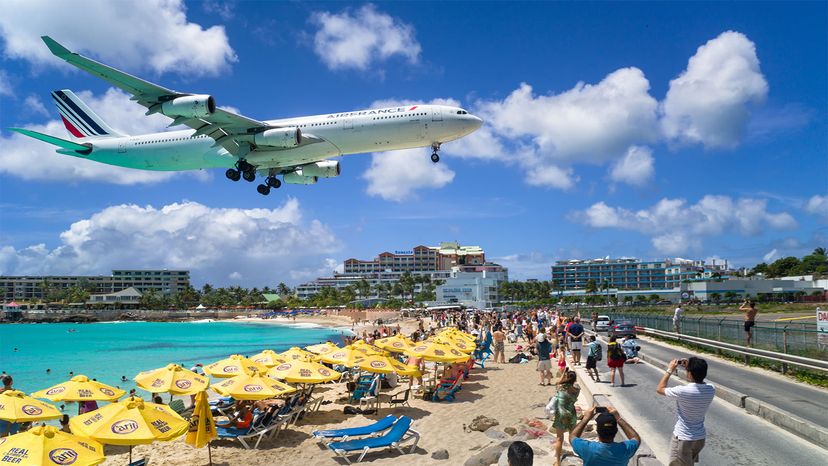
Thanks to aircraft technology, more efficient air traffic control and better training for pilots and mechanics, air travel has become safer. The number of fatal accidents involving jet airliners worldwide dropped from 40 per million flights in 1959 to just 0.05 deaths per million flights in 2021, according to global data gathered by aircraft manufacturer Boeing.
Though airline travel is extremely safe, mishaps do still occur. So what's the most dangerous airport in the world? Some say it's Lukla Airport (Tenzing-Hillary Airport) in Nepal because pilots fly in at higher speeds. One of the riskiest parts of any flight remains the final approach and landing. Those phases account for more than half of all fatalities, even though they account for just a few minutes out of a typical trip.
Advertisement
But it can be hard to quantify how these different factors, like an extremely short runway or mountainous terrain, influence what we consider the most dangerous airports in the world. So we present a list of 13 airports around the world, in no particular order, that test pilots' skills and preparation.
